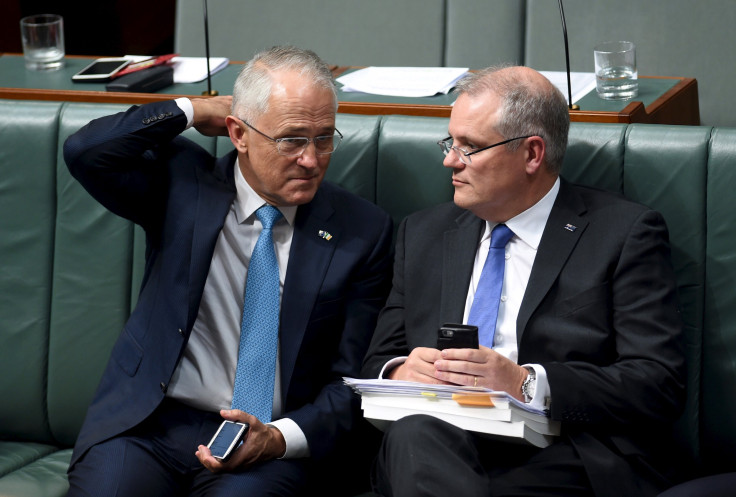Australia’s 'alarming' budget deficit could be eliminated by 2018 through raised taxes, budget cuts: CEDA

The federal budget could be returned to a surplus as soon as 2018, according to five plans released by the Committee for Economic Development of Australia (CEDA).
The plans, which anticipate that Australia’s eight-year-long deficit will continue for another four years if things don’t change, call for varying combinations of tax reform and reduced spending.
CEDA chairman Paul McClintock said that “Australia’s deficit problem is particularly alarming” due to the country’s current period of sustained economic expansion lasting a quarter of a century.
“Despite promises from both major political parties to return to surplus this is yet to eventuate and on current forecasts, achieving sustained surplus seems implausible,” McClintock said.
“The CEDA report shows that balance can be achieved using measures that will be politically palatable and can gain community consensus,” he added.
Most of the Committee's plans include cutting the fuel tax credit scheme in the wake of falling fuel prices (earning $3.3 billion), as well as increasing luxury vehicle, alcohol and tobacco taxes by 15-20 percent (earning $2.3-3.1 billion, respectively).
In terms of superannuation, proposals include introducing progressive super contributions tax with a 15 percent discount to the taxpayer's marginal rate (earning $6.9 billion) and marginal tax on contributions above $10,000 (earning $8.5 billion).
Other proposals to increase revenue include reducing capital gains tax discounts by 40-70 percent (earning $1.7-5.4 billion), reducing work-related tax deductions (earning $4 billion), abolishing negative gearing for all asset purchased after December 2015 (earning $2.6 billion), removing the private health insurance rebate exemption (earning $1.8 billion), increasing the petrol tax by 10 cents per litre (earning $1.7 billion) and reducing all industry tax concessions by 25 percent (earning $1.4 billion).
The budget repair levy would also be continued, earning a further $1.4 billion.
The plans also include budget cuts, such as improving the cost-effectiveness of medical treatments as part of the Medical Benefits Scheme (saving $2.1 billion) and lowering drug prices on Pharmaceutical Benefits Scheme (saving $1.6 billion), as well as reducing tax concessions to industry by 10 percent (saving $0.5 billion).
Also proposed in the report are the reduction of the public sector headcount by 10,000 (saving $2 billion), reducing the Private Health Insurance Rebate by 25 percent (saving $1.8 billion) and introducing an efficiency dividend for higher education (saving $0.3 billion).
McClintock defended both the cuts and taxes, saying that they did not take away concessions or money from deserving people and industries.
“The reality is we have been spending more than we earn for too long and we need a realistic approach to returning to surplus,” he said.
“Getting back to surplus won’t be painless – some of it will be tough but we have tried to ensure almost all measures proposed will not affect the most disadvantaged in our society.”
Nevertheless, it would be up to the government of the day to implement measures to balance the budget, he said.
The CEDA is of the opinion that through these proposals, the deficit can be eliminated by the years 2018-19, and that doing otherwise would disproportionately affect younger Australians as measures to insulate the economy from future shocks become less viable.
“If our Federal politicians want to deliver something useful in the next term, balancing the Budget should be it,” he said.





















